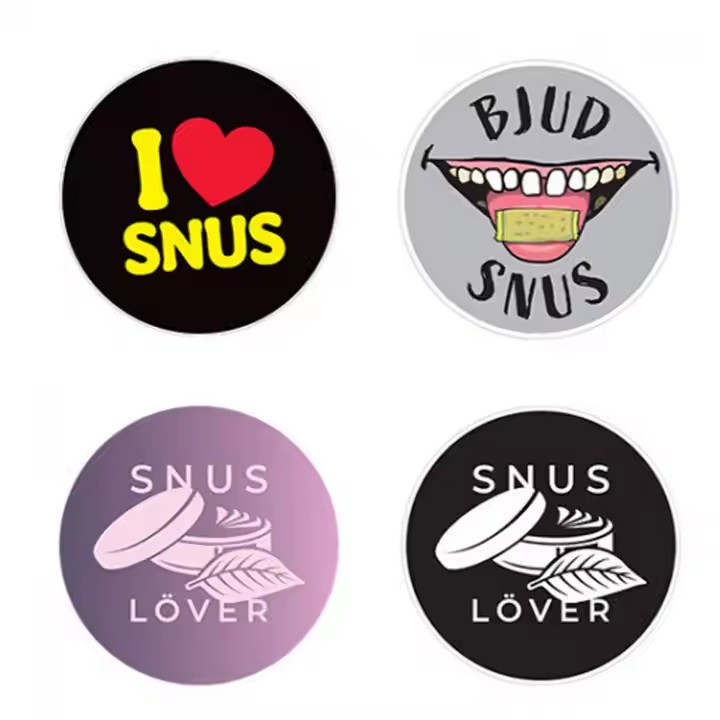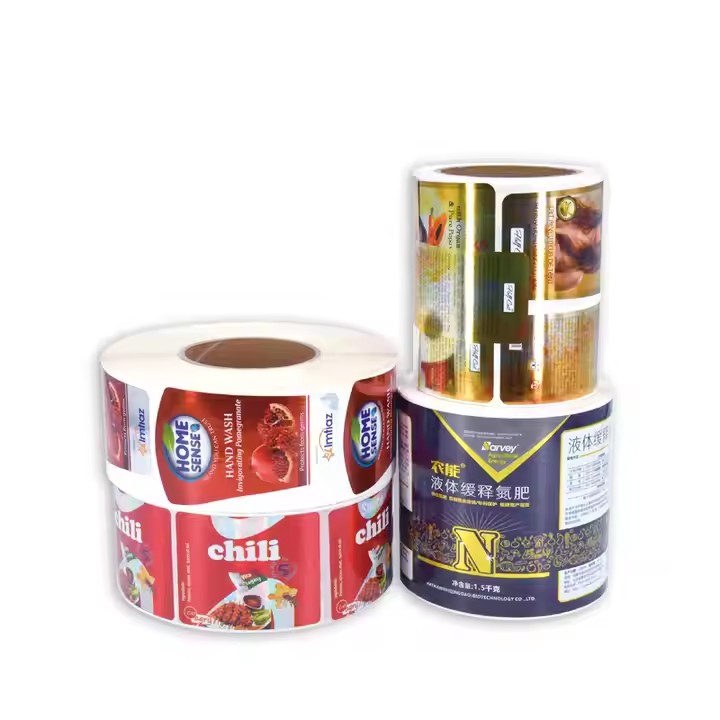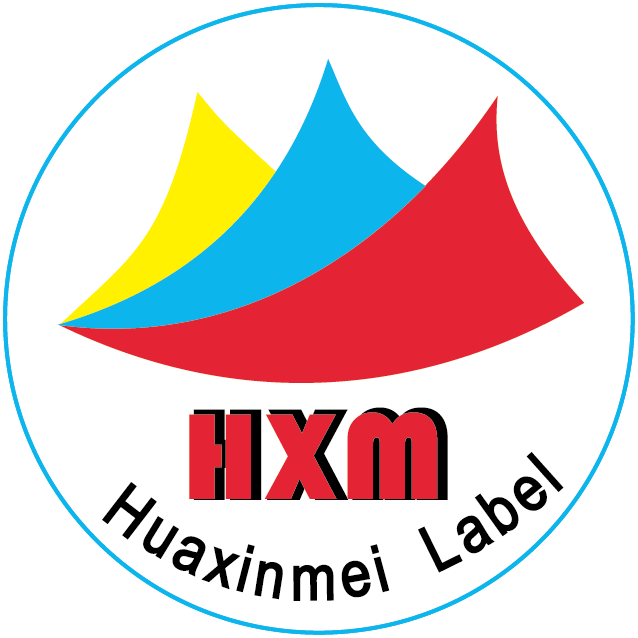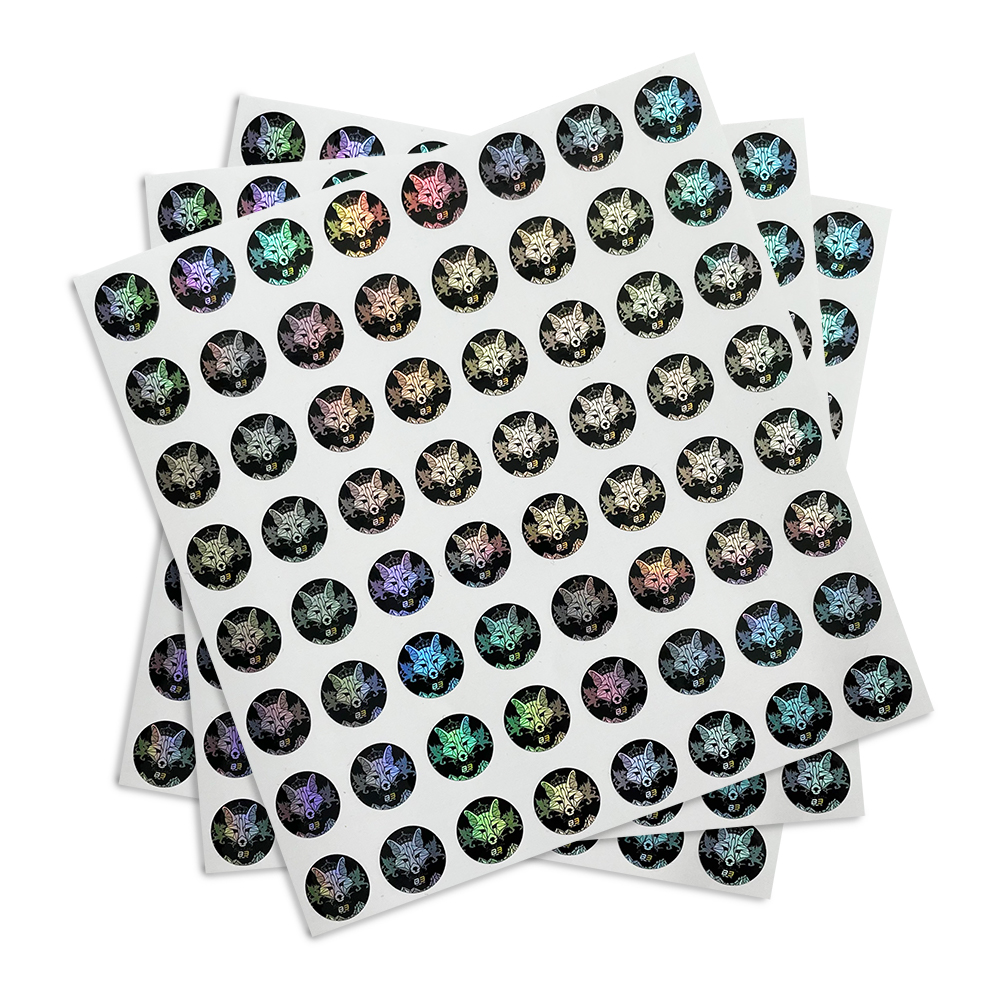- Core Performance Requirements for Essential Oil Label Paper
(1) Oil Resistance
Most essential oils are plant-derived oily substances with strong permeability.
Label paper needs a dense surface and small pores to prevent oil from seeping through, which can blur text or soften the paper.
Example: Regular coated paper is easily penetrated by oil, while specially coated paper effectively blocks oil.
Since essential oils are oily, oil seepage can easily cause labels to detach.
(2) Chemical Resistance
Some essential oils contain chemical components like terpenes and phenols, which may react with paper coatings or inks, causing fading or deformation.
Choose paper with strong chemical inertness and solvent resistance to avoid reactions with essential oil ingredients.
Chemical resistance is crucial for labels on oily products (e.g., motor oil, gasoline bottles).
(3) Moisture and Temperature Resistance
Moisture Resistance:
Paper should not curl or detach when exposed to moisture (e.g., in bathrooms or during kitchen use with oily products).
Example: Edible oil labels may get wet during cooking, so moisture resistance prevents detachment.
Temperature Resistance:
Paper must not soften/deform at high temperatures or crack at low temperatures.
(4) Long-Term Adhesion
Essential oil bottles are often glass or plastic. Use strong, anti-aging adhesives (e.g., acrylic or rubber-based glue) to ensure labels stay attached long-term, especially on curved surfaces (e.g., round or irregular bottles).
High-adhesive stickers are essential to prevent water-induced detachment.
(5) Printability
Labels must display product names, ingredients, and instructions. Paper needs good ink absorption and color performance to ensure clear, scratch-resistant prints that won’t fade with daily use.

- Suitable Paper Types for Essential Oil Labels and Their Characteristics
(1) Synthetic Paper (Top Choice)
Material & Properties:
Made from plastics (e.g., PP, PE) via calendering or casting, with optional special coatings.
Key Advantages:
Excellent oil resistance: Dense polymer structure blocks oil penetration.
Water/chemical resistance: Waterproof, acid/alkali/solvent-resistant (can withstand direct oil contact).
Wide temperature range: Suitable for cold storage and high-temperature environments.
Stiff yet flexible: Adapts to curved bottles, resists tearing, and lasts long.
Printing: Uses UV or solvent inks for vibrant, durable colors (lamination enhances scratch resistance).
Types:
PP synthetic paper: Smooth surface for high-end labels (e.g., premium essential oils).
PE synthetic paper: More flexible and tear-resistant for folded or die-cut labels.
Applications:
High-end brands (single/d 复方 essential oils) requiring long-term storage and premium 质感.
Special environments (e.g., bath oils in humid bathrooms, car diffusers in heat).
Case Study: A French essential oil brand uses white PP synthetic paper with matte lamination and hot stamping for oil resistance and luxury appeal.
(2) Coated Paper
Material & Properties:
Base paper (e.g., coated paper, offset paper) with the surface coated in silicon or acrylic for a dense, waterproof/oil-resistant layer.
Key Advantages:
Cost-effective: Cheaper than synthetic paper for small/medium batches.
Basic oil resistance: Coating blocks light oil seepage (suitable for non-direct oil contact).
Print-friendly: Works with water-based or offset inks for high-color accuracy.
Limitations:
Poor chemical resistance: Long-term contact with concentrated oils may dissolve the coating.
Average temperature resistance: Coating may soften above 60°C, causing deformation.
Types:
Waterproof coated paper: Smooth for colorful prints (common for standard essential oils).
Oil-resistant coated paper: Contains PTFE additives for stronger oil resistance.
Applications:
Mass-market essential oils (e.g., diffuser oils, blended bases) not in direct oil contact.
Short-term products (trial/sample packs with low durability needs).
Case Study: A Chinese brand uses oil-resistant coated paper with water-based inks, cutting costs by 30% while meeting shelf-display needs.
(3) Specialty Paper (Texture-Focused Option)
Material & Properties:
Made from special processes or materials (e.g., cotton, bamboo fiber, stone-ground paper), some with waterproof/oil-resistant treatments.
Key Advantages:
Natural texture: Rough cotton paper with fiber texture suits “natural/organic” branding.
Eco-friendly: Degradable materials (e.g., bamboo, recycled paper) align with sustainability trends.



